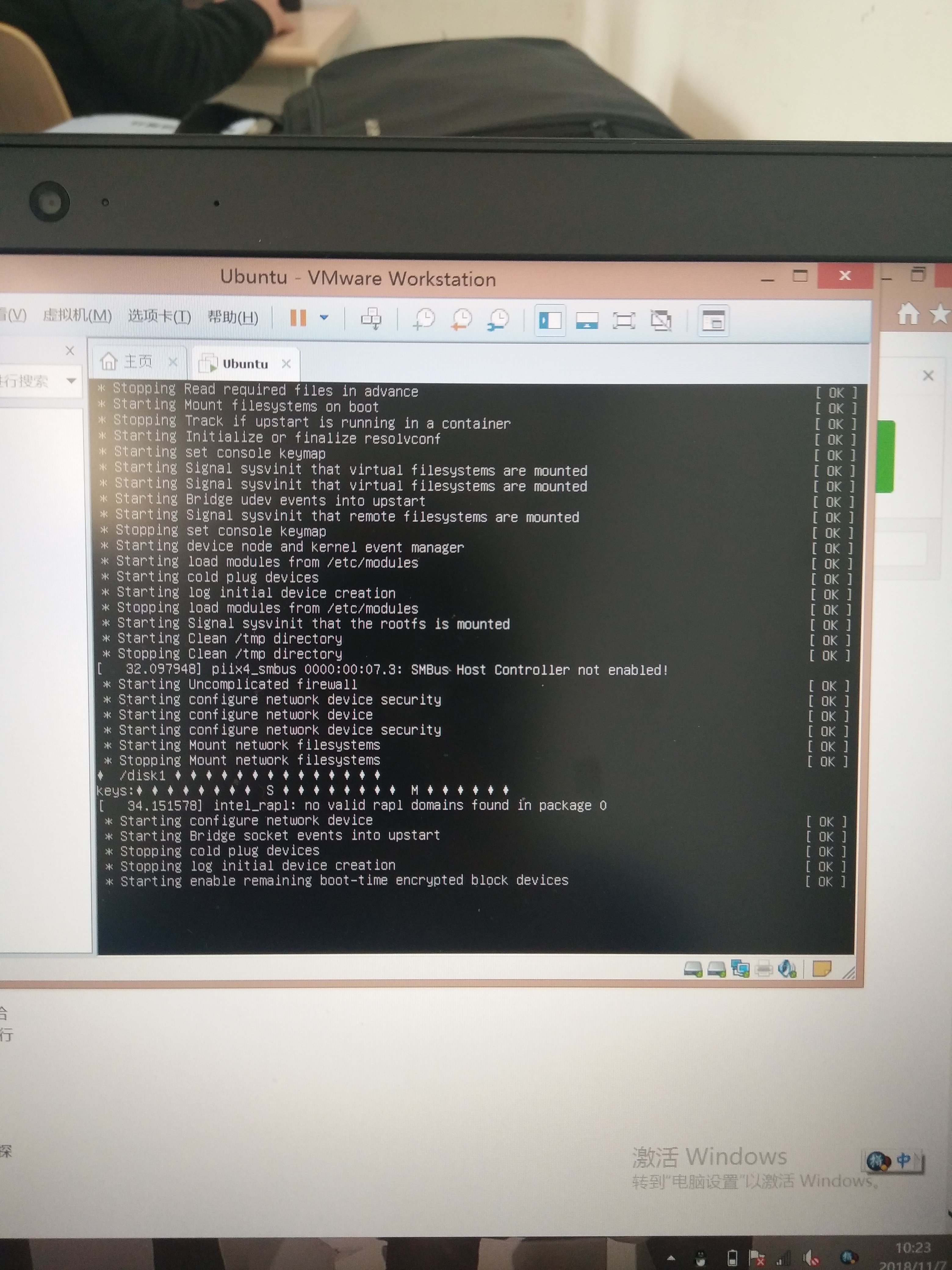可以将文章内容翻译成中文,广告屏蔽插件可能会导致该功能失效(如失效,请关闭广告屏蔽插件后再试):
问题:
How can I check if a URL has changed in JavaScript? For example, websites like GitHub, which use AJAX, will append page information after a # symbol to create a unique URL without reloading the page. What is the best way to detect if this URL changes?
- Is the
onload event called again?
- Is there an event handler for the URL?
- Or must the URL be checked every second to detect a change?
回答1:
In modern browsers(IE8+, FF3.6+, Chrome), you can just listen to the hashchange event on window.
In some old browsers, you need a timer that continually checks location.hash. If you're using jQuery, there is a plugin that does exactly that.
回答2:
With jquery (and a plug-in) you can do
$(window).bind('hashchange', function() {
/* things */
});
http://benalman.com/projects/jquery-hashchange-plugin/
Otherwise yes, you would have to use setInterval and check for a change in the hash event (window.location.hash)
Update! A simple draft
function hashHandler(){
this.oldHash = window.location.hash;
this.Check;
var that = this;
var detect = function(){
if(that.oldHash!=window.location.hash){
alert("HASH CHANGED - new has" + window.location.hash);
that.oldHash = window.location.hash;
}
};
this.Check = setInterval(function(){ detect() }, 100);
}
var hashDetection = new hashHandler();
回答3:
use this code
window.onhashchange = function() {
//code
}
with jQuery
$(window).bind('hashchange', function() {
//code
});
回答4:
EDIT after a bit of researching:
It somehow seems that I have been fooled by the documentation present on Mozilla docs. The popstate event (and its callback function onpopstate) are not triggered whenever the pushState() or replaceState() are called in code. Therefore the original answer does not apply in all cases.
However there is a way to circumvent this by monkey-patching the functions according to @alpha123:
var pushState = history.pushState;
history.pushState = function () {
pushState.apply(history, arguments);
fireEvents('pushState', arguments); // Some event-handling function
};
Original answer
Given that the title of this question is "How to detect URL change" the answer, when you want to know when the full path changes (and not just the hash anchor), is that you can listen for the popstate event:
window.onpopstate = function(event) {
console.log("location: " + document.location + ", state: " + JSON.stringify(event.state));
};
Reference for popstate in Mozilla Docs
Currently (Jan 2017) there is support for popstate from 92% of browsers worldwide.
回答5:
Add a hash change event listener!
window.addEventListener('hashchange', function(e){console.log('hash changed')});
Or, to listen to all URL changes:
window.addEventListener('popstate', function(e){console.log('url changed')});
This is better than something like the code below because only one thing can exist in window.onhashchange and you'll possibly be overwriting someone else's code.
// Bad code example
window.onhashchange = function() {
// Code that overwrites whatever was previously in window.onhashchange
}
回答6:
this solution worked for me:
var oldURL = "";
var currentURL = window.location.href;
function checkURLchange(currentURL){
if(currentURL != oldURL){
alert("url changed!");
oldURL = currentURL;
}
oldURL = window.location.href;
setInterval(function() {
checkURLchange(window.location.href);
}, 1000);
}
checkURLchange();
回答7:
Although an old question, the Location-bar project is very useful.
var LocationBar = require("location-bar");
var locationBar = new LocationBar();
// listen to all changes to the location bar
locationBar.onChange(function (path) {
console.log("the current url is", path);
});
// listen to a specific change to location bar
// e.g. Backbone builds on top of this method to implement
// it's simple parametrized Backbone.Router
locationBar.route(/some\-regex/, function () {
// only called when the current url matches the regex
});
locationBar.start({
pushState: true
});
// update the address bar and add a new entry in browsers history
locationBar.update("/some/url?param=123");
// update the address bar but don't add the entry in history
locationBar.update("/some/url", {replace: true});
// update the address bar and call the `change` callback
locationBar.update("/some/url", {trigger: true});
回答8:
To listen to url changes, see below:
window.onpopstate = function(event) {
console.log("location: " + document.location + ", state: " + JSON.stringify(event.state));
};
Use this style if you intend to stop/remove listener after some certain condition.
window.addEventListener('popstate', function(e) {
console.log('url changed')
});
回答9:
Look at the jQuery unload function. It handles all the things.
https://api.jquery.com/unload/
The unload event is sent to the window element when the user navigates away from the page. This could mean one of many things. The user could have clicked on a link to leave the page, or typed in a new URL in the address bar. The forward and back buttons will trigger the event. Closing the browser window will cause the event to be triggered. Even a page reload will first create an unload event.
$(window).unload(
function(event) {
alert("navigating");
}
);
回答10:
window.addEventListener("beforeunload", function (e) {
// do something
}, false);
回答11:
You are starting a new setInterval at each call, without cancelling the previous one - probably you only meant to have a setTimeout
回答12:
While doing a little chrome extension, I faced the same problem with an additionnal problem : Sometimes, the page change but not the URL.
For instance, just go yo Facebook Home page, and click on 'Home' button. You will reload the page but the URL won't change (one-page app style).
99% of the time, we are developping websites so we can get those events from Frameworks like Angular, React, Vue etc..
BUT, in my case of a Chrome extension (in Vanilla JS), I had to listen to an event that will trigger for each "page change", which can generally be caught by URL changed, but sometimes it doesn't.
My homemade solution was the following :
listen(window.history.length);
var oldLength = -1;
function listen(currentLength) {
if (currentLength != oldLength) {
// Do your stuff here
}
oldLength = window.history.length;
setInterval(function () {
listen(window.history.length);
}, 1000);
}
So basically the leoneckert solution, applied to window history, which will change when a page change in a single page app.
Not rocket science, but cleanest solution I found, considering we are only checking an integer equality here, and not bigger objects or the whole DOM.
回答13:
What I wanted was to be able to add locationchange event listeners, and with this modification we can do things like this
window.addEventListener('locationchange', function(){
console.log('location changed!');
}
In contrast, window.addEventListener('hashchange',()=>{}) would only fire if the part after a hashtag in a url change and window.addEventListener('popstate',()=>{}) doesn't always work.
This modificatin, similar to Christian's answer, modifies the history object to add some functionality.
By default, there's a popstate event, but there are no events for pushstate, and replacestate
This modifies these three functions so that all fire a custom locationchange event for you to use, and also pushstate and replacestate events if you want to use those
/* These are the modifications: */
history.pushState = ( f => function pushState(){
var ret = f.apply(this, arguments);
window.dispatchEvent(new Event('pushState'));
window.dispatchEvent(new Event('locationchange'));
return ret;
})(history.pushState);
history.replaceState = ( f => function replaceState(){
var ret = f.apply(this, arguments);
window.dispatchEvent(new Event('replaceState'));
window.dispatchEvent(new Event('locationchange'));
return ret;
})(history.replaceState);
window.addEventListener('popstate',()=>{
window.dispatchEvent(new Event('locationchange'))
});




